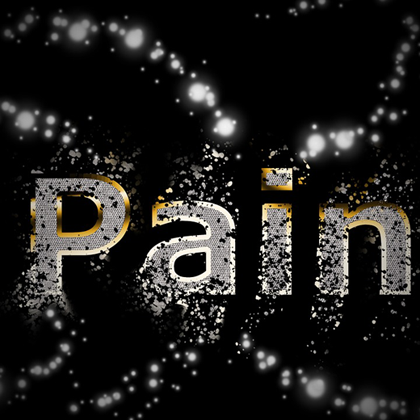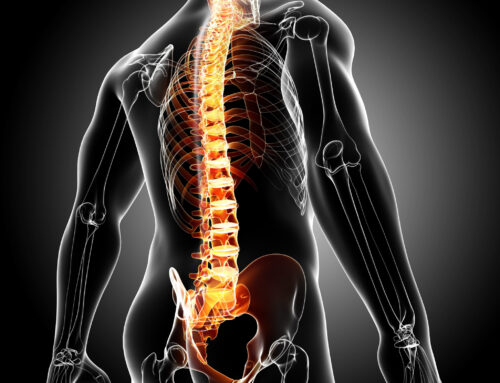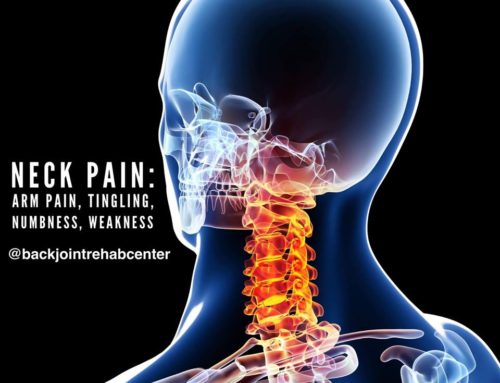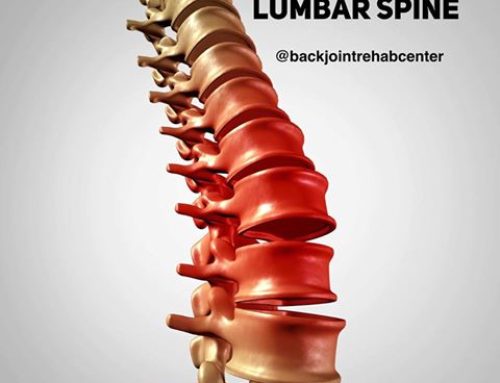Part 1
Low back pain is a very common health problem and a major cause of disability – affecting work performance, attendance and general well-being. According to a recent study performed by the Mayo Clinic, low back pain is the 3rd most common reasons people visit their doctor (1).
Low back pain can be acute, sub-acute, or chronic. As low back pain worsens, the pain begins to move leading to shooting pains. Low back pain can produce symptoms that travel down the leg or even worse, down both legs. This is commonly misdiagnosed as sciatica, rather, it is most commonly a result of a lumbar disc herniation(s).
Though several risk factors have been identified (including occupational posture, type of activity, depressive moods, obesity, body height and age), the causes of the onset of low back pain remain vague. Back pain is not a disease but a constellation of symptoms making it very difficult to accurately diagnose. The number of failed surgeries, injections, and treatments for low back pain continues to grow.
To accurately diagnose & treat low back pain, a consideration of the anatomic structure and the biomechanical use of those structures must be assessed. The majority of low back pain is mechanical in origin–meaning it is associated with certain movements and postures. A classification of the pain mechanism in low back disorders must be made in order to treat low back pain.
-
Disc Bulge, Protrusions, Herniation are Extremely Common
For most people, the terminology can be confusing itself, since these disorders can be referred to as a bulging disc, disc protrusion, herniated disc, ruptured disc, annular fissure, pinched nerve, along with much other terminology. There is little agreement among health care professionals as to the definition of these terms, therefore, frustrating for patients when they hear their diagnosis referred differently by different doctors. It is better to understand the pain mechanism of the low back condition than the actual terms.
A bulging disc is a condition in which the inner portion (nucleus) of a lumbar disc remains contained within the outer portion (annulus fibrosus) and protrudes. A herniated disc or disc protrusion is a condition in which the inner portion (nucleus) leaks out of the outer portion (annulus fibrosus). Annular fissure is a condition in which the outer portion (annular fissure) is torn and the integrity of the disc becomes vulnerable for injury. The annular fissure can lead to disc bulges, protrusions, herniations or injury to the surrounding nerves and structures.
According to the American Journal of Neuroradiology, “Disk bulge prevalence increased from 30% of those 20 years of age to 84% of those 80 years of age. Disk protrusion prevalence increased from 29% of those 20 years of age to 43% of those 80 years of age. The prevalence of annular fissure increased from 19% of those 20 years of age to 29% of those 80 years of age(2).” This information may seem surprising, but this statistics are for asymptomatic individuals!
The number of lumbar disc bulges and protrusions are present in people who feel nothing at all, and are majority of the time present in those with low back pain. When diagnosing low back pain, it is important to determine what is relevant. There will be many signs, symptoms, and findings associated with the patient’s condition. Due diligence of investigation is necessary to rule out what is not relevant compared to what is relevant. This will guide you to the appropriate treatment.
Treat the patient, not the MRI report. The MRI report only gives you information, but the patient is a clear representation of successful or failed treatments.
If you have been diagnosed with a disc bulge, protrusion, herniation, or problem related to the low back, call now. We can help.
We are dedicated to get you better through movement.
FOR APPOINTMENTS, CALL (219) 310-8822
Dr. Artemio Del Real DC, Cert. MDT. October 2016
- Jennifer L. St. Sauver, PhD, MPH, David O. Warner, MD, Barbara P. Yawn, MD, MSc, Debra J. Jacobson, MS, Michaela E. McGree, BS, Joshua J. Pankratz, BS, L. Joseph Melton III, MD, MPH, Véronique L. Roger, MD, MPH, Jon O. Ebbert, MD, Walter A. Rocca, MD. Why Patients Visit Their Doctors: Assessing the Most Prevalent Conditions in a Defined American Population. January 2013Volume 88, Issue 1, Pages 56–67.http://www.mayoclinicproceedings.org/article/S0025-6196(12)01036-1/fulltext
- Brinjikji W1, Luetmer PH2, Comstock B3, Bresnahan BW4, Chen LE4, Deyo RA5, Halabi S6, Turner JA7, Avins AL8, James K4, Wald JT1, Kallmes DF1, Jarvik JG9. Systematic literature review of imaging features of spinal degeneration in asymptomatic populations. AJNR Am J Neuroradiol. 2015 Apr; 36(4):811-6. doi: 10.3174/ajnr.A4173. Epub 2014 Nov 27.
- Cummings,Mark. What Is a Bulging Disc and Why Is It So Common Among Athletes? Spine-Health. 1/21/16. http://www.spine-health.com/blog/what-a-bulging-disc-and-why-it-so-common-among-athletes






